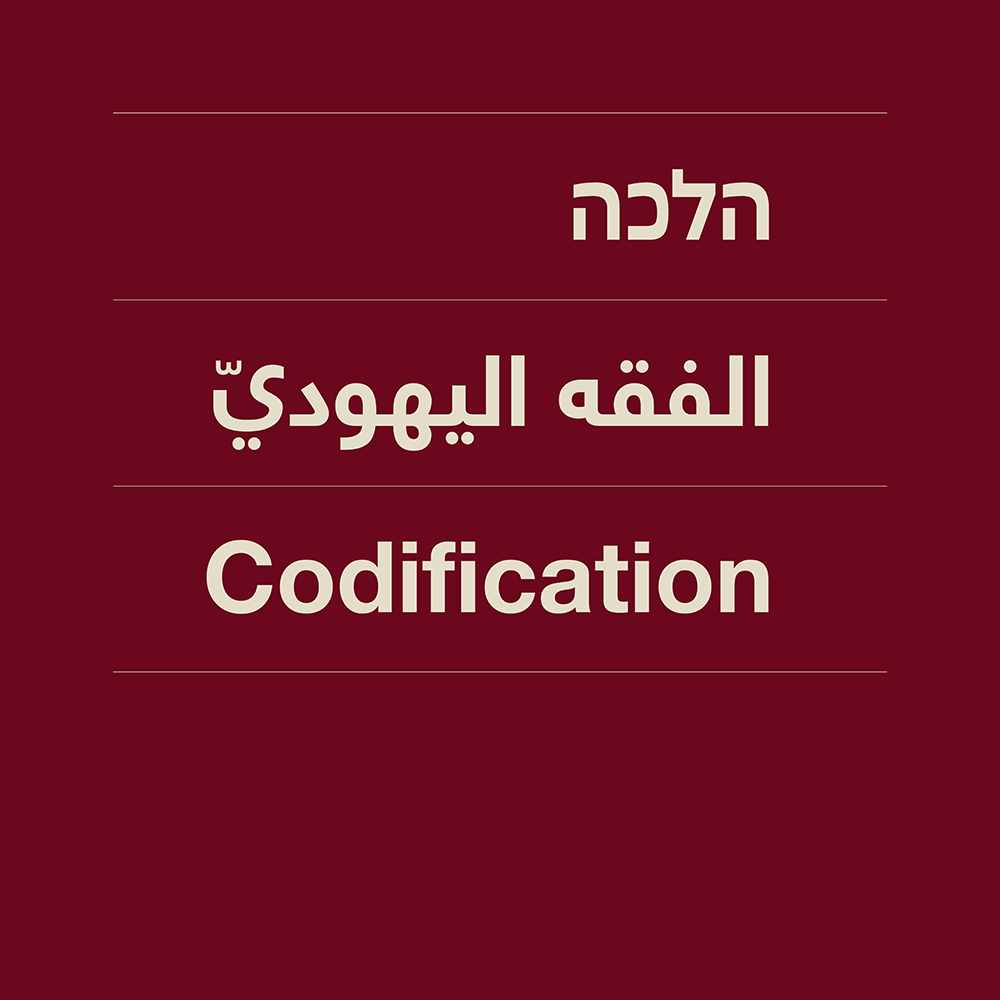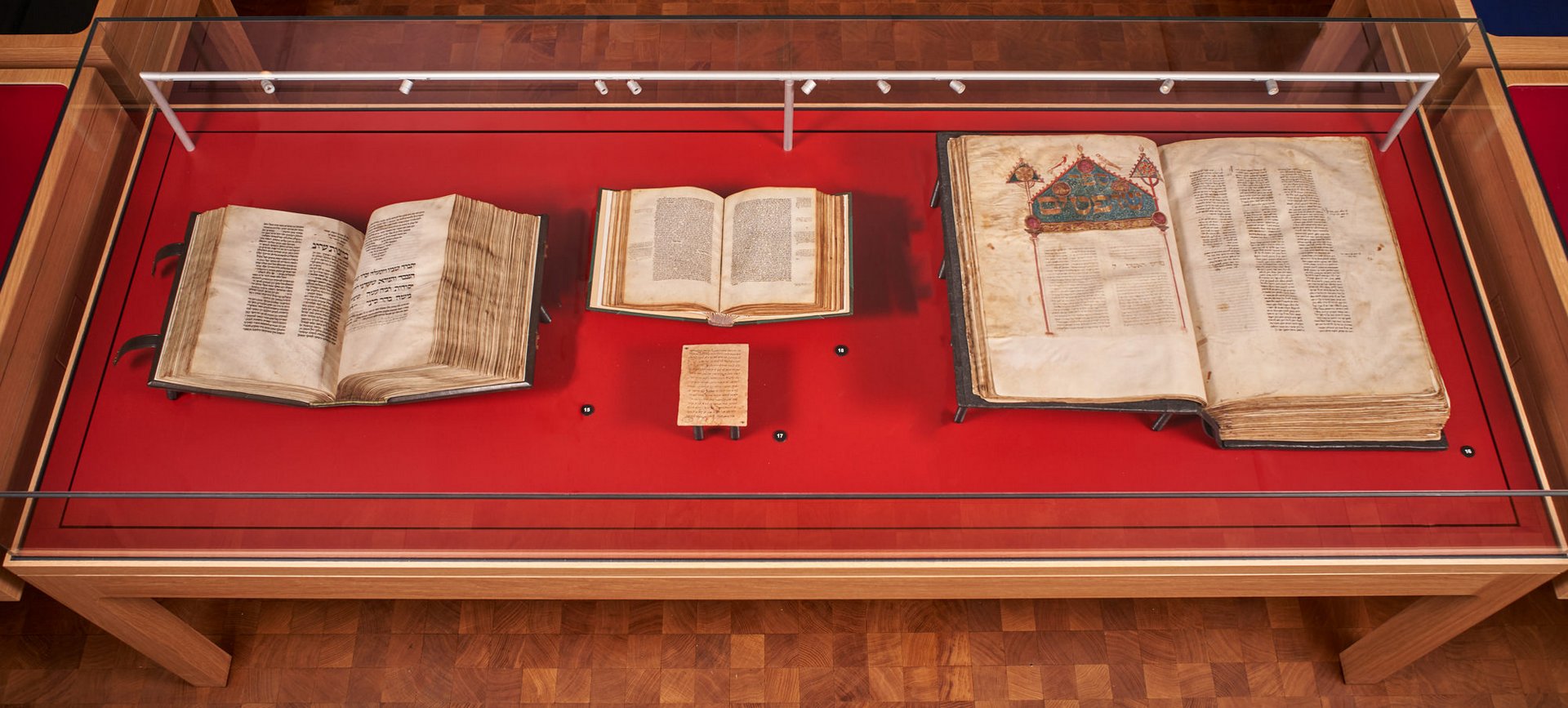
For medieval Ashkenazic scholars, codifying Jewish law was a 'work in progress'. Their halakhic books are structured intuitively, anecdotical rather than systematic, unlike many Sephardic counterparts.
A key volume in the Braginsky Collection, Sefer Mitzvot Gadol (no. 15), is built around the 613 commandments. This earliest known copy of Moses of Coucy's legal code is the collection's oldest dated codex. The author was one of four leading French rabbis at the Disputation in Paris in 1240, which ended with the burning of twenty-four wagon-loads of Hebrew books.
Sefer Mitzvot Gadol enhanced the influence of Maimonides's Mishneh Torah in Ashkenazic Europe. A large Mishneh Torah from the Braginsky Collection (no. 16), copied in Germany in 1355, contains a passage disproving that Jesus was the Messiah. Christian censors and Jewish self-censorship ensured its omission in many manuscripts and printed editions.
A note from the Cairo Genizah now at the National Library of Israel discusses a commentary by Isaac Alfasi (1013-1103) on Talmud tractate Pesahim 19 (no. 17) and may have been for one of classes taught by Moses Maimonides (1138–1204).
An excellent illustration of the eclectic, dynamic nature of halakhic codification and transmission is the Braginsky manuscript titled Tzedah la-Derekh (no. 18). It contains some thirty texts, mostly halakhic, although also medical and philosophical.
“This text differs slightly from the texts in the printed catalogue, as it corrects a statement that has since been refuted.”
